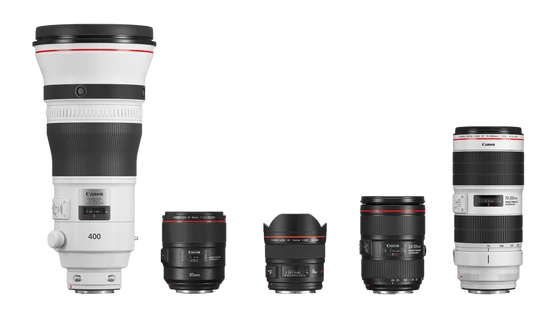Here are the Top Canon prime lenses that cater to both amateur and professional photographers, especially those interested in portraits, street photography, and low-light shooting. Discover five standout lenses that deliver exceptional optical performance and unleash creative versatility. The Canon… Continue Reading →
Best of 2025 Introduction: The world of photography is evolving rapidly, and the year 2025 promises to bring even more exciting innovations in the world of mirrorless cameras. If you’re considering upgrading your gear or purchasing your first mirrorless camera,… Continue Reading →
Editing photos is often considered key for several reasons: Can you tell the difference between the original and the editied image?? The image on top pops and is the edited image. I just used a free app to edit this… Continue Reading →
“Learn how to take better photos with your camera using easy techniques, expert tips, and practical advice to capture stunning shots in any setting.” Do you want to improve your photography and start capturing images that truly stand out? Whether… Continue Reading →
If your camera’s shutter speed isn’t fast enough for your needs or the situation you’re shooting in, there are several things you can consider or do to address this issue: Increase ISO: Raising the ISO sensitivity of your camera can… Continue Reading →
In photography, the term “depth of field” (DOF) refers to the area in a photograph that appears acceptably sharp and in focus. It’s the distance between the nearest and farthest objects in a scene that appear sufficiently sharp in an… Continue Reading →
Some common features and benefits of Canon’s R series mirrorless cameras include: Excellent Image Quality: The R series cameras typically have high-resolution sensors and advanced image processing, delivering impressive image quality with good dynamic range and low light performance. RF… Continue Reading →
The Sony A7 II and A7 III are both part of Sony’s Alpha series of full-frame mirrorless cameras, but the A7 III is a more recent and advanced model compared to the A7 II. Here’s a comparison between the two:… Continue Reading →
Whether you should get a mirrorless camera or wait depends on your specific needs and circumstances. Here are some factors to consider when making your decision: Current Camera: If you already have a functional camera that meets your needs, you… Continue Reading →
The durability of a mirrorless camera, like any electronic device, can vary depending on several factors, including the manufacturer’s build quality, how well you take care of the camera, and how you use it. Here are some key considerations regarding… Continue Reading →


